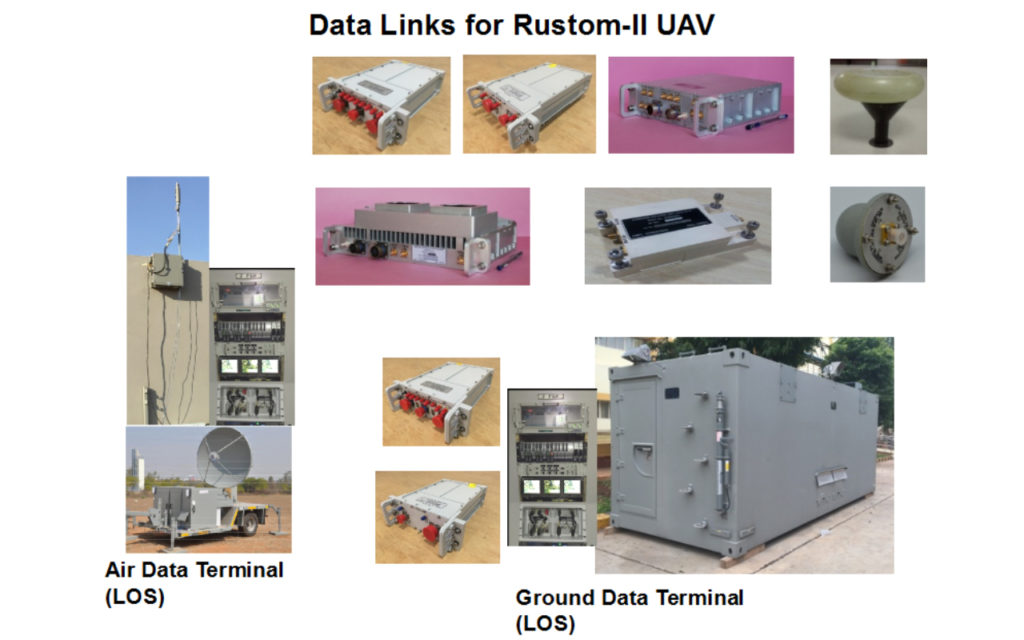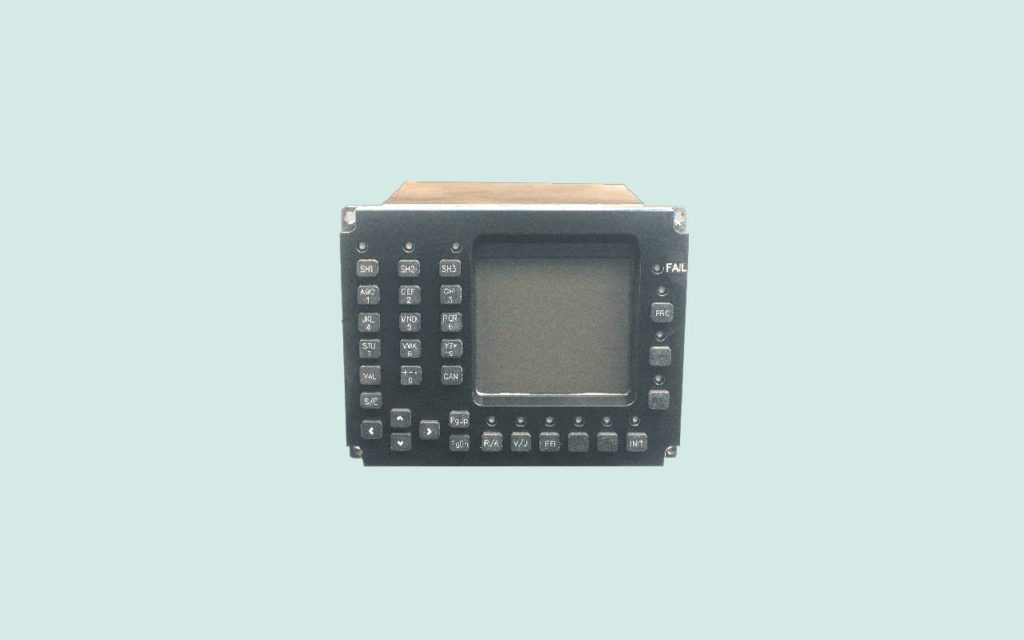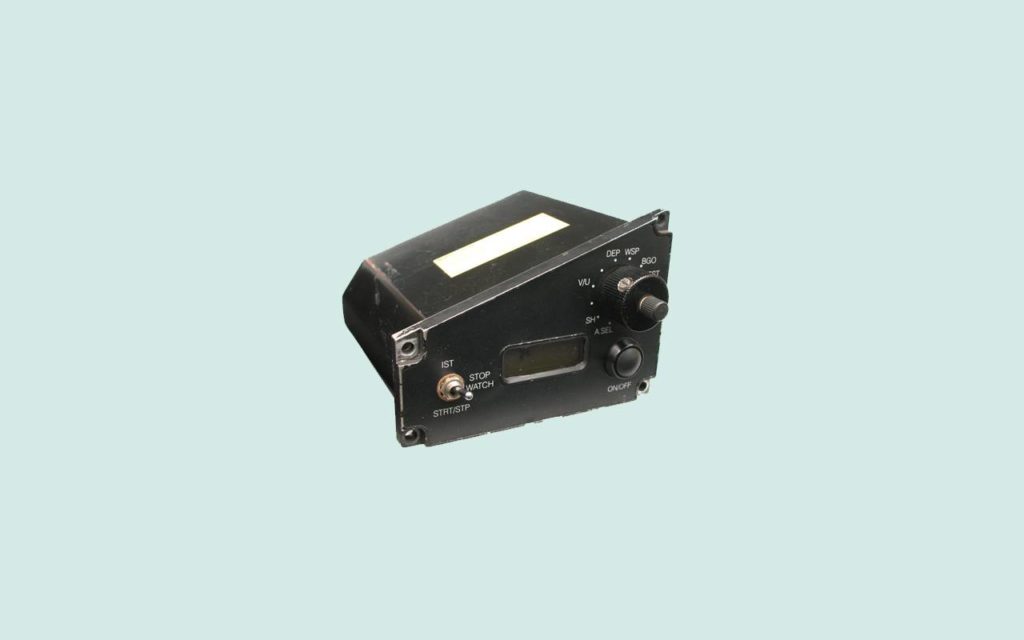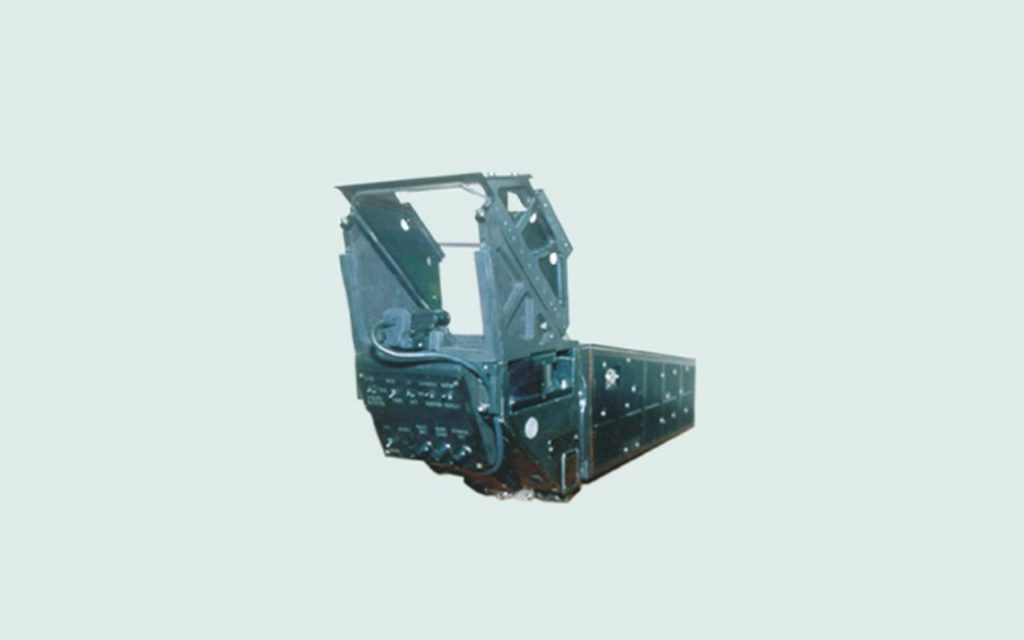Avionics department of BEL India is one of the most important parts of this major electronics and defense corporation. They are responsible for the development and production of different systems used in aircraft, which all help pilots and ground personnel to carry out their missions. Read on to learn about some of their products from this segment.
Table of Contents
1. Ground Control Station and Datalink for UAV
The role of the Ground Control Station R-II is to provide the interface between UAV and a ground-based operator. Regarding its function, the abilities of GCS include communication, air vehicle control, mission planning, payload video processing and recording, payload management, flight data recording, and post-flight analysis and replays. Top features of this control station are:

Testing of UAV using inbuilt flight line tester, mission planning and validation, monitoring and controlling of UAV in all modes and phases of flight, external pilot interface, payload control and monitoring, automatic takeoff and landing system interface, health monitoring of UAV systems, GCS, GDT, EP and SATCOM, recording of UAV and payload data, synchronization of UAV parameters, dissemination of UAV sensors data to services in required formats, replay of recorded information, post flight analysis, and inter and intra communications.
2. Cockpit Modules for Light Combat Aircraft (LCA)
Multifunction Keyboard
This multifunctional keyboard serves as both a control and a display unit. It consists of an alphanumeric keyboard and an LCD dot matrix display. The keyboard is used for data entry and management of various different aircraft systems. Furthermore, this keyboard controls the power ON / OFF of the radio altimeter, and V/UHF, IFFT (Transponder).
It also performs data loading, selection and display of relevant page information, modification and validation of parameters, as well as clock management functions. While on the ground, the multifunctional keyboard is used for the formation of an interface for the pilot’s dialogue during the initialization phase of the aircraft, as well as for displaying maintenance and internal coded data after the flight has ended.
Multifunction Rotary Switch
This multifunctional rotary switch is situated in the instrumentation panel of the LCA, from where it performs two important functions. The first is the modification of parameters, and the second is displaying the time.
This unit has a twelve position rotary switch, allowing you to select the parameter and a concentric optical encoder in order to modify the picked parameter. On the other hand, the stopwatch display is controlled by a toggle switch.
What is more, there is a display ON/OFF switch, which controls the HUD display. This unit receives inputs from a video switching unit (VSU), display processors, and the multifunction keyboard mentioned above.
3. Flight Control System for Light Combat Aircrafts (LCA)
Pylon Interface Box (PIB)
This is a weapon control system, which is part of the stores management system (SMS) of the given aircraft. This system controls the release of weapons that are under the control of the master weapon computer, as well as cockpit discrete signals, all through the work of dual redundant architecture. The device is built with a 32-bit microcontroller MC 68322. The PIB consists of three types of systems:
- PIB _INBOARD (PIB_IB) – interface between the master weapon vomputer and MIL STD 1760C stores
- PIB _OUTBOARD (PIB_OB) – interface between the master weapon computer and CCM launcher
- PIB _LASER (PIB_L) – interface between master weapon computer and LASER/FLIR pod
Head up Display
The head-up display is a crucial piece of equipment for the pilot, as it shows all flight information in several selectable modes so that the pilot can view it without the need of visual accommodation and head movements. The pilot, therefore, flies the aircraft ‘Head-up’, reducing the workload and enhancing the weapon aiming capabilities. The top features of the device include:
High reliability (MTBF of 3400 Hrs), wide field of view (25°), full readability in ambient light of 10,000 fL, automatic brightness control, compact size, customer-tailored Up-Front control panel, practically no sun reflection, specifically designed for light combat aircrafts, extensive built-in tests, and a camera with automatic iris adjustment for brightness level between 10 and 10,000 fL.




